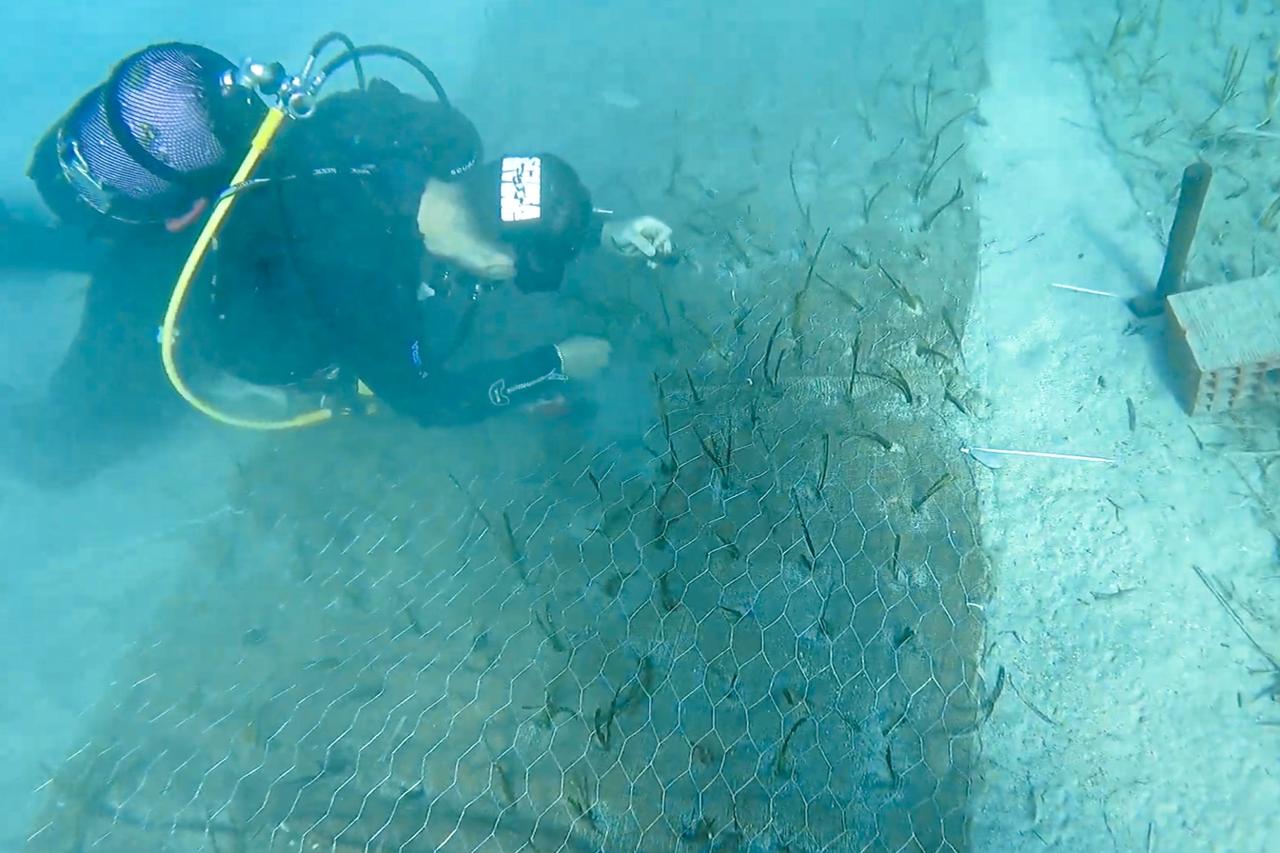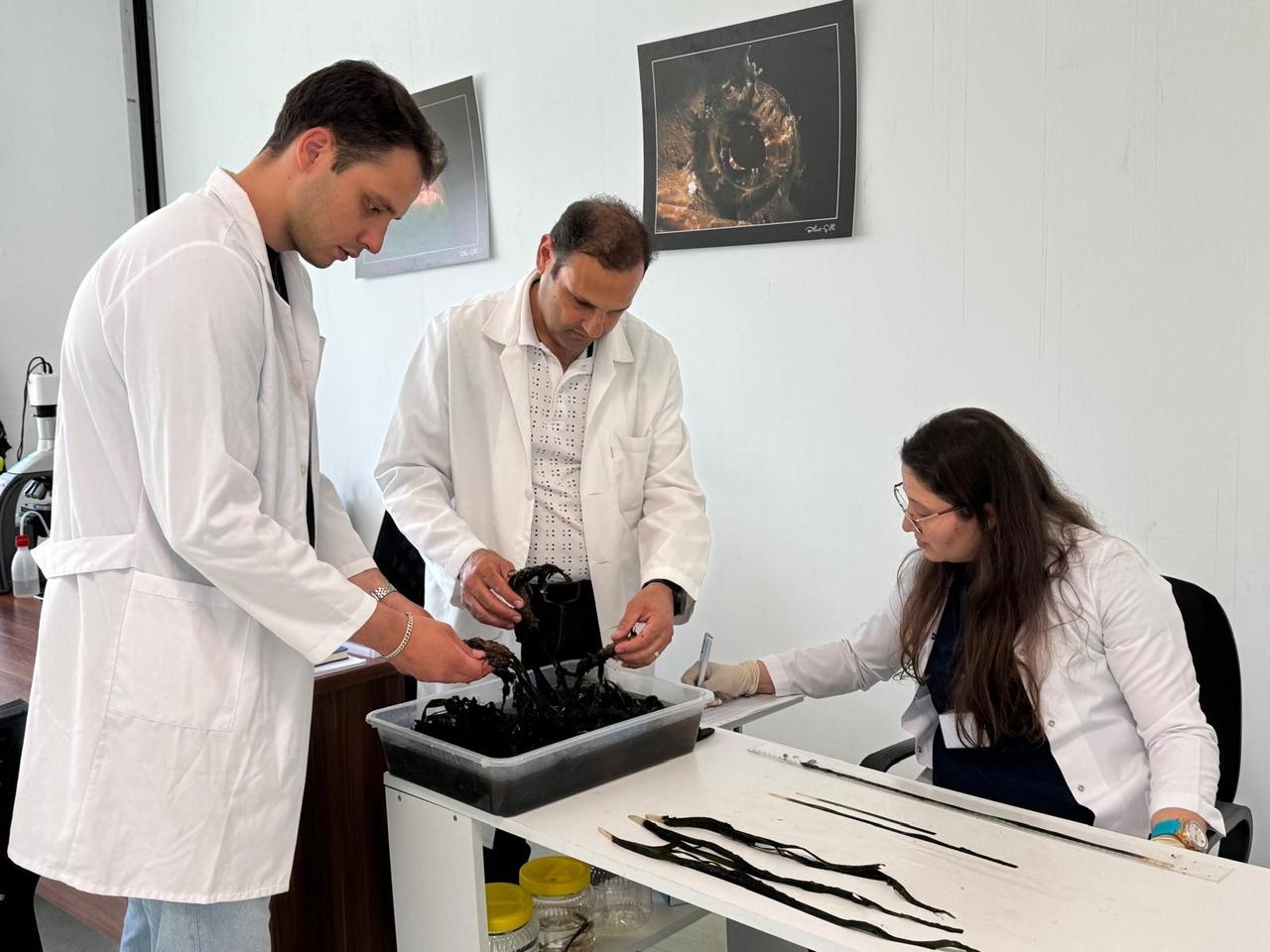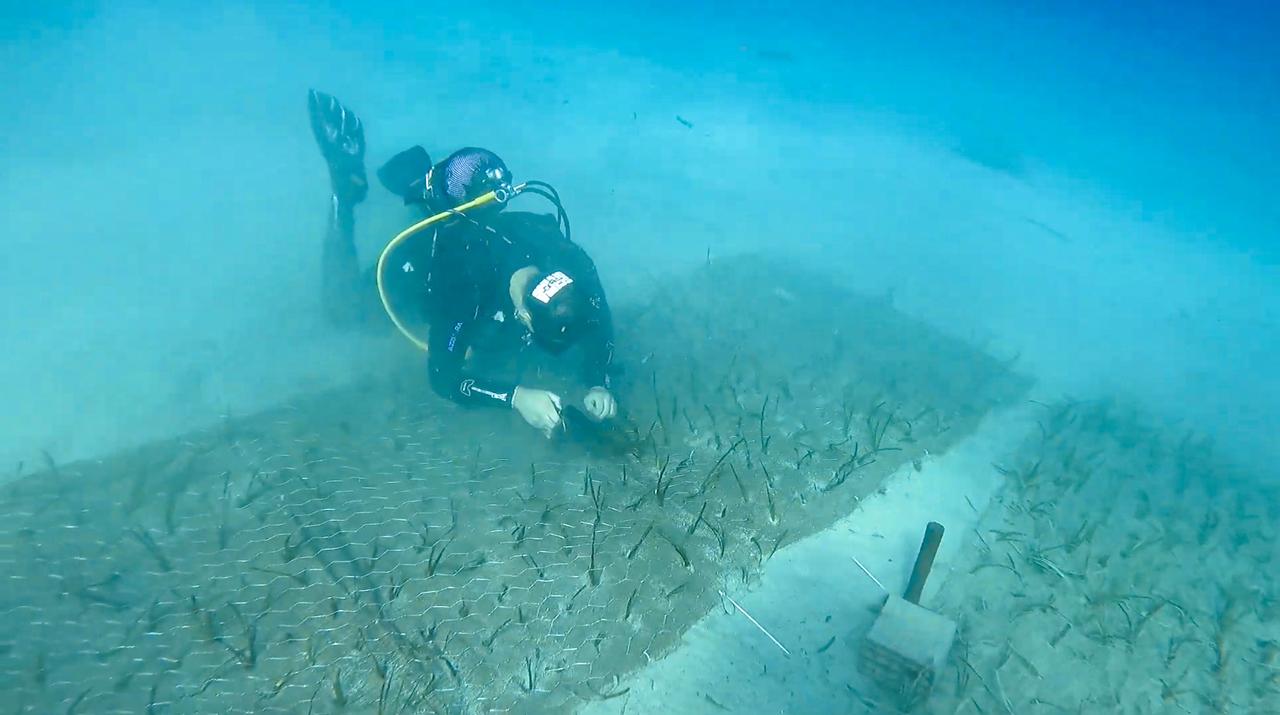
Türkiye has verified the age of a seagrass meadow for the first time, with laboratory analysis showing a specimen collected off Kizilada near Gocek to be 2,000 years old.
The finding, led by Professor Ergun Taskin and his team within the Gocek leg of the Mavi Nefes (Blue Breath) Project, is being hailed as a historic achievement for the country’s scientific literature.
The project has been run since 2021 by Garanti BBVA in cooperation with DenizTemiz Association/TURMEPA and coordinated by the Ministry of Environment, Urbanization and Climate Change’s Directorate General for the Protection of Natural Assets.

Seagrass meadows underpin marine life by producing oxygen, locking away carbon and sheltering fish, crustaceans and many other species.
Project measurements highlight their role in climate action and coastal resilience: a single square kilometer can provide the annual oxygen needs of around 1,000 people, while the meadows also blunt wave energy to curb shoreline erosion.
Their sediments store traces of past centuries, serving as the ecosystem’s memory.
Launched in response to the Marmara Sea’s 2021 mucilage crisis, Blue Breath has broadened into fieldwork across Türkiye.
Teams removed over 275 tons of solid waste from the Marmara Sea and over 16 tons from Lake Van.
In Gocek, a liquid-waste collection boat gathered 860,000 liters of waste from hundreds of vessels, preventing roughly 6.8 million liters of seawater from being polluted.
In the Gulf of Saros, 45 dives at 35 stations identified 382 marine species and produced a habitat map.

Within the Fethiye–Gocek Special Environmental Protection Area, a dedicated program is tracking, safeguarding and planting seagrasses.
Professor Taskin’s team has transplanted about 10,000 seedlings across three stations with a survival rate exceeding 70%.
Researchers also documented 1,545 marine species in the region, building a stronger scientific knowledge base for future restoration.
Blue Breath also focuses on public awareness. Through national education protocols and a mobile Blue Breath Education Bus, over 100,000 students and over 5,000 teachers have taken part in training.
The “Blue Detectives” program encourages high school students to gain environmental awareness and develop their own projects.